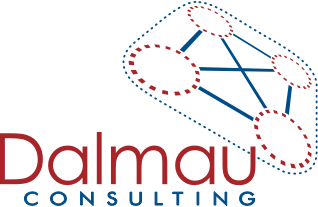Evolution of strategic planning and management
Planning is an act of formulating a course of action. It is in fact a process! Strategic planning, it is argued, began with the ancient Greeks who developed a planned approach to warfare, but it was in the 1920’s that the Harvard Business School, developed one of the early strategic planning methodologies for the modern industrial age.
Strategic planning reached its peak in the 1960’s and 70’s as a core management tool characterized as “management by objective”. It was about control and efficiency within an industrial age mind-set, but by the 1980’s and 90’s, a different view was emerging. People tended to think of strategic planning as a product or thing – that the focus was on producing a document called a Plan.
Experience has since told us that with this mindset ‘the Plan’ was destined to gather dust and be ignored.
Jack Welch of GE is known for ‘dismantling the strategic planning process’ as it had been practiced until then, as he had evidence that little improvement was achieved in company performance through the way strategic planning had been practiced. It had relied on the past performance trends being applied to future thinking and was not matching the accelerating rate of change.
Henry Mintzberg and others influenced the development of strategy through the 1980’s and 90’s to be an emergent process, based on a systems thinking mind-set.


Accelerating pace of change, and new opportunities provided by phenomena such as big data, evolution of machine learning and artificial intelligence, and the Web of Things are all creating challenges of unpredictability and disruption for businesses like never before. In this Information Age, “we don’t produce products as much as design them”, for example, in many sectors we are rapidly moving towards 3D printing of objects. For example, South32 has embraced 3D printing and is now printing its own parts for maintenance in its alumina refineries.
All this calls for organizations to be ‘agile’, a word that peppers the current management literature. Senior management has recognized that control is an illusion and that strategic planning and management must focus on
- Synthesis of information from a diversity of sources, very different than what was used in the past
- Encouraging the engagement and interface of networks and layers in organizations, and using the knowledge and understanding that this creates combine with traditionally sourced intelligence and expertise
- Collaboratively combining ideas to creatively solve problems
- “Test and learn” (rather than finely hone and then implement) with relatively fast cycle times.
In fact the approaches touted for lean start-ups (E Reis, 2015) exemplifies the style and nature of “strategic planning” required today.
In the words of Greg Satell, organizational strategists (CEO’s and senior leadership teams)
“must evolve from a master who gives orders to a facilitator who makes it work”
“Don’t throw the baby out with the bath-water”
Despite the massive changes in context for strategic planning as outlined above, and the consequent changes in requirements and mindsets, it can be argued that at its core there is still a place for the elements of strategic planning as it was in its heyday (1970’s).
Strategic planning in organizations is a process for defining where a company / business wants to be (goals / vision), how it wants to get there (strategies) and what resources it needs to get there. It also includes high level targets as a basis for measuring progress. And it generally has a much longer time frame than people are used to in present times. It encompasses both ends (products and services) and means (its people and systems). This strategic planning is cascaded through the organization, providing increasing levels of granularity and specificity as it goes. The cascaded corporate or business plan finally translates into individual actions /work plans, that provide a link and meaning for how all contribute to the success of the business. And, as in any organizational activity, there is both the Content and the Process. Attention must be paid to both.
Both need at least equal consideration, if fact the Process (how the activity is done, and how fast it is done) is the most critical to ensure an effective outcome especially in the context of accelerated change, agile and design thinking. Content (the ‘what’); the facts, the issue, the information under discussion, can be almost irrelevant if the process is not well crafted to take account of many usually invisible organizational dynamics (eg power, cultural norms, history, context etc) as well as the changing technological and social context.
The table below shows a simplified generic framework for strategic planning which can provide the basis for designing a tailored strategic planning process.


The benefits of focusing on the process are that strategic planning becomes,
- Dynamic and iterative
- Continuous
- Flexible and responsive
- Interactive and engages a broad range of perspectives
- Performance and customer focused
- A highly effective way of engaging the workforce on an on-going basis
It is these features, combined with the 4 points above related to 21st century requirements, that make a strategic planning mind-set a worthwhile tool for agile, high performing organizations.
We are currently working with a global retail organization that features the best of this duality: in April the Board and senior executives will be meeting for a strategy planning session. Their timeframe will be a year or two out from now. But the fashion industry in which this company sits has extremely fast product cycle times and to stay ahead of the game this company can go from idea to product for sale on the shelves of their stores in multiple countries in under 6 weeks! And what is being sold to the retail customer today will not be the same in 12 weeks time.
The extraordinary success of the company depends on both conversations at both levels of planning with both sets of timeframes.







